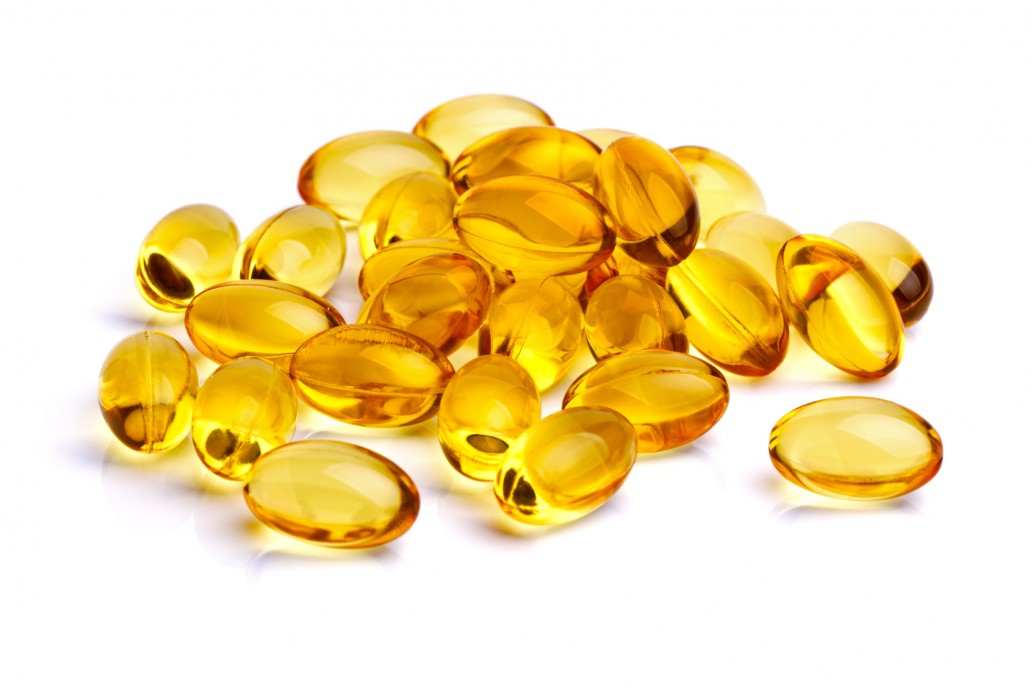Today, due to our highly industrialized Western diet and the advent of processed vegetable and seed oils, the average American consumes far more Omega-6 fatty acids than Omega-3 fatty acids. Although both of these polyunsaturated fats are essential to our bodies there may be good reason to become concerned.
First, these fatty acids are termed “essential” because they are needed by the body for important function but cannot be manufactured internally so they must be taken in through our diet.
However, Omega-6’s and Omega-3’s have very different roles. Omega-6 fatty acids are highly pro-inflammatory. Omega-3 fatty acids are highly anti-inflammatory. While both are necessary for optimal health and healing, they must be consumed in the proper ratios in order to receive their benefits. (1)
Today, the average ratio between omega-6 to omega-3 intake is estimated to be 15:1 or higher, which is far greater than the optimum ratio of 4:1 or lower. (2)
This severe imbalance can cause a large inflammatory response leading to a number of chronic health issues including, but not limited to, heart disease, metabolic syndrome, type II diabetes, arthritis, Alzheimer’s, as well as many types of cancer. Therefore, it’s important that we try to maintain a more proper balanced ratio. (3)
So what can we do to help offset this highly imbalanced ratio?
1. Consume more Omega-3’s
The first step toward achieving an optimum fatty acid ratio is, of course, to consume more whole foods that are rich in the beneficial omega-3 fatty acids in which most of us are deficient. However, this is not as simple as it sounds.
First, many foods that are rich in omega-3’s also contain much higher amounts of omega-6’s, and will thus actually contribute toward a further imbalance.
Second, the preformed, long-chain omega-3 fatty acids found in animal products -eicosapentaenoic acid (EPA)- and -docosahexaenoic acid (DHA)- are much more potent than the short-chain omega-3 fatty acid -alpha-linolenic acid (ALA) – found in plant foods. Indeed, our bodies need to convert (ALA) into the more active (EPA) and (DHA) before it can be used, but this conversion is quite inefficient. (4)
Sadly for vegetarians, this means that animal products are the best sources of omega-3 fatty acids. This is especially true of oily fish such as mackerel, salmon, tuna, and sardines, though most seafood and products from grass-fed animals such as butter, eggs and meat also contain EPA and DHA. Fish oil supplements are an excellent choice as well. (5, 6)
The best plant-based source of omega-3 fatty acids is probably flaxseed, since flaxseed contains an acceptable omega-6 to omega-3 ratio of 5:1. However, most other seeds and their oils, such as peanuts and sesame seeds, provide much more omega-6 than omega-3, making them unsuitable for correcting an imbalance. Again, for this reason, most vegetarians will benefit from a dedicated EPA and DHA supplement. (7, 8)
2. Consume fewer Omega-6’s
The easiest way to reduce our intake of omega-6 fatty acids is to avoid consuming the processed vegetable and seed oils that are rich in it. The worst offenders in this category are sunflower oil, safflower oil, corn oil, soybean oil and cottonseed oil. (9)
These products have only been around for about the last century, and we are not genetically adapted to consume them. Moreover, most of them are made from crops that are usually genetically modified and/or heavily sprayed, making them even unhealthier. Coconut oil and olive oil are relatively low in omega-6 acids, however, and provide countless health benefits.
Finally, it’s important to source our meat from organic farms that feed their animals a grass-based diet. Studies have shown that the meat of animals that are fed grain-based diets contain fewer omega-3 fatty acids, and more omega-6 fatty acids, than their grass-fed counterparts. (10, 11)


